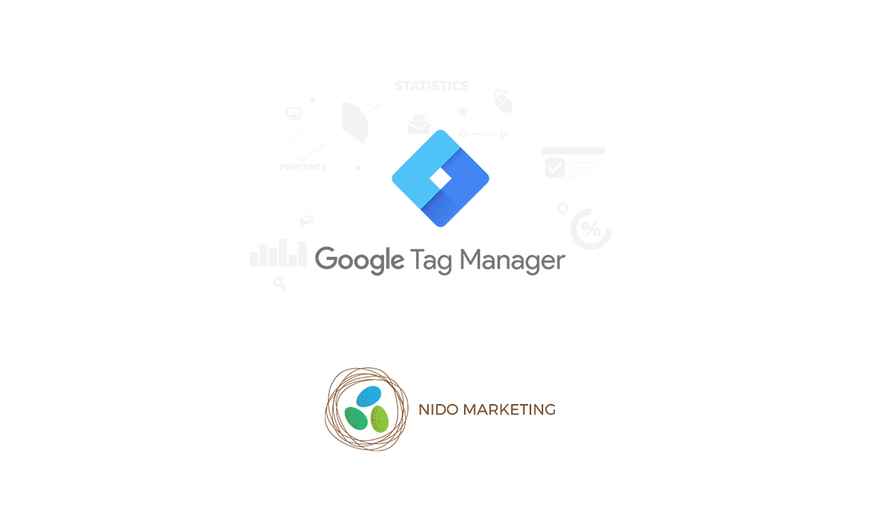Google Tag Manager Changes the Marketing Game Plan for Your School

Marketing your Montessori school in today’s digital world is a challenging assignment.
I’m willing to bet it’s probably opened up doors you didn’t even realize existed, to new worlds that include avatars, AdWords, and marketing funnels.
And, let’s not forget trackable links.
...Which makes everyone think of Google Analytics, which of course makes us all think of Google Tag Manager.
Who’s still with me? Anyone?
Let’s see if I can explain the essence of Google Tag Manager so it sounds more familiar, and you can see the positive impact it could have for your school.
What is Google Tag Manager?
Google explains that Google Tag Manager “is a tag management system that allows you to quickly and easily update tags and code snippets on your website or mobile app, such as those intended for traffic analysis and marketing optimization.”
We need to break that into smaller “snippets” to fully understand it.
Essentially, Tag Manager is a user-friendly way to manage snippets of JavaScript.
JavaScript (or other forms of code) sends information to third-party apps and products to track behavior on your school’s website or mobile app.
You can connect Google Tag Manager to things like AdWords, Google Analytics, and a host of other programs that analyze data and website visitor behavior.
Google Tag Manager has three main components: tags, triggers, and variables – all of which help determine which information to record when a visitor comes to your website to get information.
So, what are tags, triggers, and variables?
Tags are “code snippets” that send information from your website or mobile app to a third party, such as Google.
Tags can send information to Google Analytics, for example, to tell you how many people visited your website at a certain time of day. This would be considered a fairly simple tag.
Tags can also contain multiple variables that record or track more complex visitor behavior, such as an “event.”
Events show which button, or buttons, a prospective parent clicked on during a site visit. You set up your own parameters and use triggers to determine when and where a tag is executed, to gain insight into visitor behavior.
Google Tag Manager changes the game for you and your school.
Before there was such a thing as a Google Tag Manager, you would have to ask your webmaster to create all your codes and events and insert them on your web pages for every single tracking and third-party service you wanted to use.
With Google Tag Manager, instead of telling your webmaster you’d like to find out how many of your website visitors clicked on the “Academics” tab, then clicked “Request Information,” but left your website before filling out the form — you can manage that yourself.
This makes a big difference for you and your school in several different ways.
First, you are now independent of the webmaster for any digital marketing changes you want to make.
Second, when you connect your tags to Google Analytics, you start learning about your website visitors by their behaviors on your school website. The more information you have, the more you can adjust your marketing more specifically to these visitors.
For example, if a large number of website visitors bounces off one particular page of your site, you can try to figure out why and make necessary changes, say, to the content on that page. Maybe it’s not providing enough value for the prospective parent, and that’s why they’re bouncing.
Google Tag Manager ultimately has the potential to provide valuable insights about families interested in your Montessori school.
With those insights, you can create a digital marketing plan that precisely attracts these families who are out there searching for an amazing educational experience for their children. Voila!
You can sign up for Google Tag Manager for free, and if you need help using it you can schedule a free consultation with our team!
We also invite you to join the Nido Marketing Montessori school community. That’s free, too, and it’s a great resource for connecting with other Montessori schools from around the country.

0 comments
Leave a comment